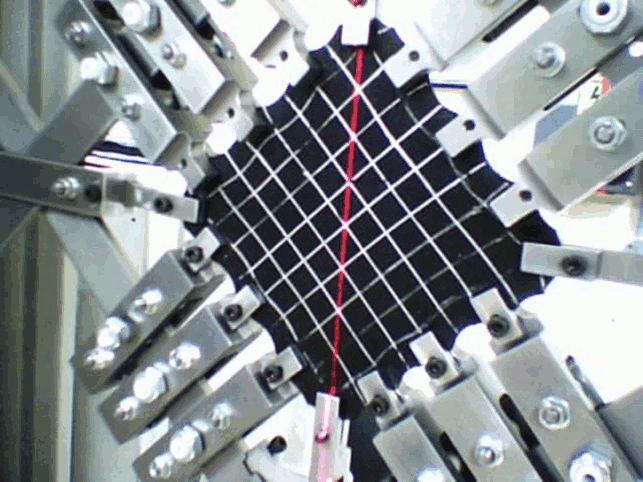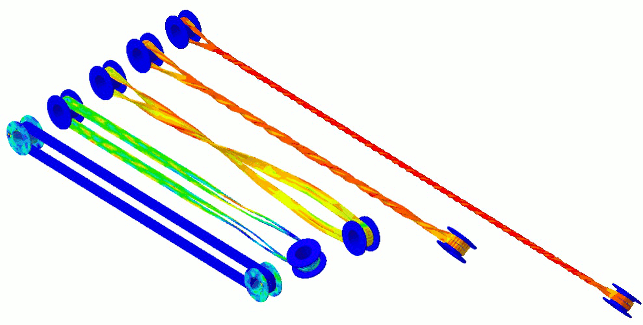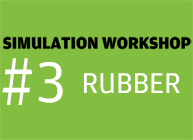Rubber is an amazing material but for the simulation engineer it can be troublesome
Biomaterials are usually pretty challenging to model, but thankfully we don’t tend to encounter many of them in run of the mill simulation work. Yes, I know lots of the elastomers we use are synthetic, but they behave in a biomimetic way.

The stress vs strain behaviour of rubber is complex and highly variable
Not only are these materials complex to describe, but they are also highly variable, so much so that materials from different batches, ostensibly to the same specification, can often behave in significantly different ways.
So, you either decide that it’s all too difficult or you get on with it on the basis that it’s do-able and that difficult problems are what engineering innovation is all about.
I won’t run through the mathematical basis of computer models of hyperelastic materials as it’s complex and unless you intend on becoming a specialist, it doesn’t really repay the effort of understanding it at a detailed level. But we do have to be aware of what we are taking on and what the general approach entails.
So, what does a description of rubber have to include? Firstly, it’s nearly incompressible. Not compared to something like steel, but critically when compared to the ease with which it shears.
This means that the poisson’s ratio is 0.5 and that causes problems with traditional structural mechanics equations.

Numerical material models of rubber are generally based on curve fitting
The stress/strain response is also highly non-linear and, to complicate matters further, components engineered from rubber are generally designed to distort to a significant degree. Any high level simulation program will generally have a range of numerical models with varying degrees of complexity to handle these requirements.
These will usually be based on a curve fit to the rubber’s behaviour, rather than anything that describes the physics of what’s actually happening. How well this curve fits the available data is critical to successfully modelling compliant rubber and rubber-like materials.
So, the “have a go hero” is now faced with a bewildering choice of material models – Neo-Hooekean, Mooney-Rivlin, Ogden, Yeoh, and possibly more – when trying to decide how to model an o-ring, seal or whatever.

The testing to characterise rubber behaviour requires specialist equipment
If you don’t know much about this then how do you choose? Bailing out and getting someone else do it is by far the best idea.
There are organisations that specialise in testing and characterising the behaviour of rubber. Given the critical dependence on test data and the requirement to understand what it means: 1) It’s essential that it’s done properly and 2) It’s very unlikely that you’ll be doing this yourself.
By employing somebody to do the material testing and model selection, you’ll end up with reliable material data that will represent what you’ve got. If you choose to use the minimal data found on the internet, you’ll find yourself instantly in trouble.
Additionally, the cost of material testing will be less than any other aspect of the analysis and product development process.
With the material defined, what are the next challenges? The usual list of suspects hoves into view here: contact, large scale shape change, and a few others specific to elastomers, like the problems encountered when the rubber essentially becomes highly pressurised.

An Abaqus model of a motor for a model aircraft being wound up. This model captures the material non-linearity, contact between the rubber and the bobbins, the extensive self contact and huge deformations
Contact with elastomeric components often has to include self contact as well as the usual surface to surface sort. What self contact means is that a surface can become so distorted that it comes into contact with itself, a situation not unknown when dealing with these types of materials.
In conclusion, just because rubber, on some levels, can be treated as a mundane material, it’s a serious mistake to underestimate what’s involved in simulating objects made from it. But that said, with a decent code, employing somebody to do the material testing for you, and a bit of effort, this can be a really rewarding thing to get into.
Laurence Marks discusses what it takes to simulate this material
Default






